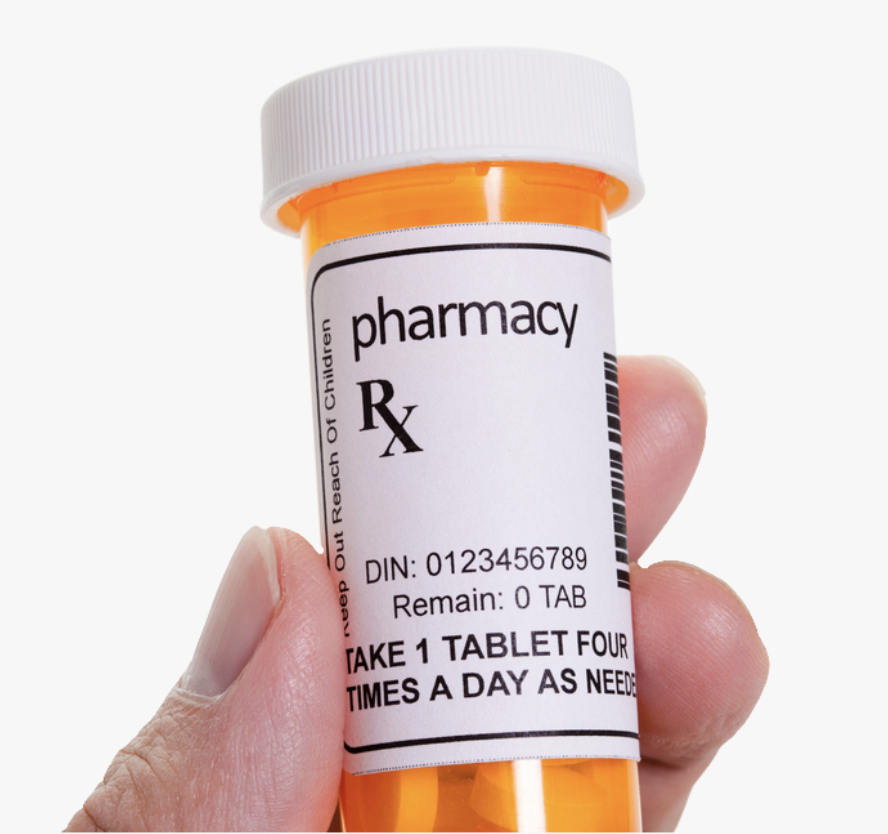
At their meeting on April 7, 2016, MedPAC voted unanimously to approve a package of recommendations that could potentially save the Part D program $10 billion over 5 years. The recommendations would combine shifting more risk to Part D plan sponsors, especially for high-cost drugs, but would also grant plan sponsors more flexibility in implementing utilization management tools.
The first recommendation aims to shift more risk to plan sponsors by increasing their exposure to risk once beneficiaries hit the catastrophic coverage portion of the benefit. Currently, once a beneficiary exceeds a little over $7,500 in total drug costs, plans are only responsible for 15% of costs, while Medicare is responsible for 80% of costs and beneficiaries are responsible for 5% of costs. Under the proposal, plans would be responsible for 80% of costs, Medicare would be responsible for 20% of costs, and beneficiaries would no longer have any cost-sharing responsibilities. The intent is to incentivize plan sponsors to better manage overall drug spending once a beneficiary enters that portion of the benefit.
At the same time, MedPAC recommended to no longer count the value of manufacturer rebates against a beneficiary’s true out-of-pocket (TrOOP) expenses while in the donut hole. This would increase beneficiary cost sharing – and manufacturer rebate liability – because beneficiaries would spend longer in the coverage gap. MedPAC staff estimates that 50% of beneficiaries that currently reach the catastrophic coverage benefit would no longer do so under this change. This is in result to concerns that the manufacturer rebates function as a “co-pay coupon” and discourage beneficiaries from switching from brand-name medications to generic medications. It would also help to level the playing field between beneficiaries that take a high number of brand-name drugs and beneficiaries that take a high number of generic drugs. Because eligibility for catastrophic coverage is dictated by overall drug spending, the latter group tends to spend more time in the donut hole relative to the former.
In case Part D plan sponsors were getting anxious, the Commission also voted to grant sponsors more flexibility in managing the benefit overall, though it is unclear whether the proposal would be adequate to help plans address the issue of high-cost drugs that have few therapeutic alternatives. The reforms would remove the “protected class” status for antidepressants and immunosuppressive drugs (which CMS attempted – unsuccessfully – to do in 2015), streamline the process for formulary changes, and allow plans to incorporate two specialty tiers (preferred and non-preferred), as well as split fills.
Finally, the Commission recommended changes to the cost-sharing structure for low-income subsidy beneficiaries, specifically to eliminate or reduce cost-sharing for generic drugs. A proposed amendment, offered by Commissioner Craig Samitt, MD, MBA, EVP and Chief Clinical Officer for Anthem, Inc., to also increase cost sharing for brand-name drugs was met with resistance from other commissioners and was not accepted.
The recommendations, which the Commission was clear were intended to be considered as a complete package, will be included in MedPAC’s June 2016 Report to Congress. Any changes to risk in the catastrophic coverage portion of the benefit would require Congressional action. However, CMS has limited authority to implement some of the formulary management tools via regulations. It is unlikely that these changes would be implemented during an election year, but will be interesting to see if Congress or the next Administration is more receptive, especially with the ability to potentially save $2 billion per year.
